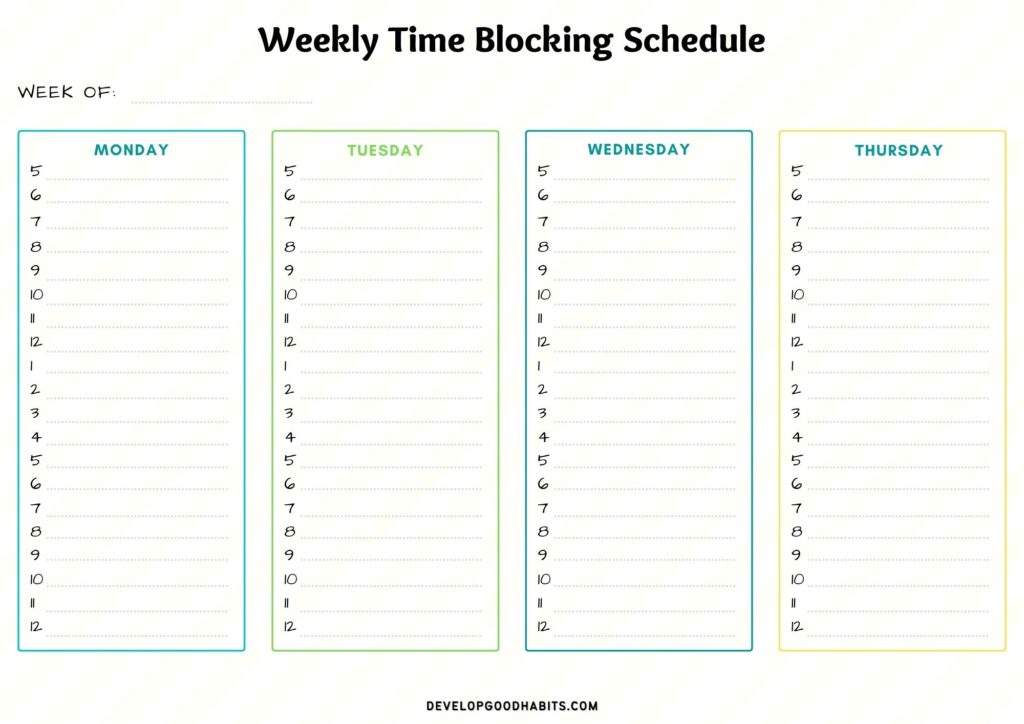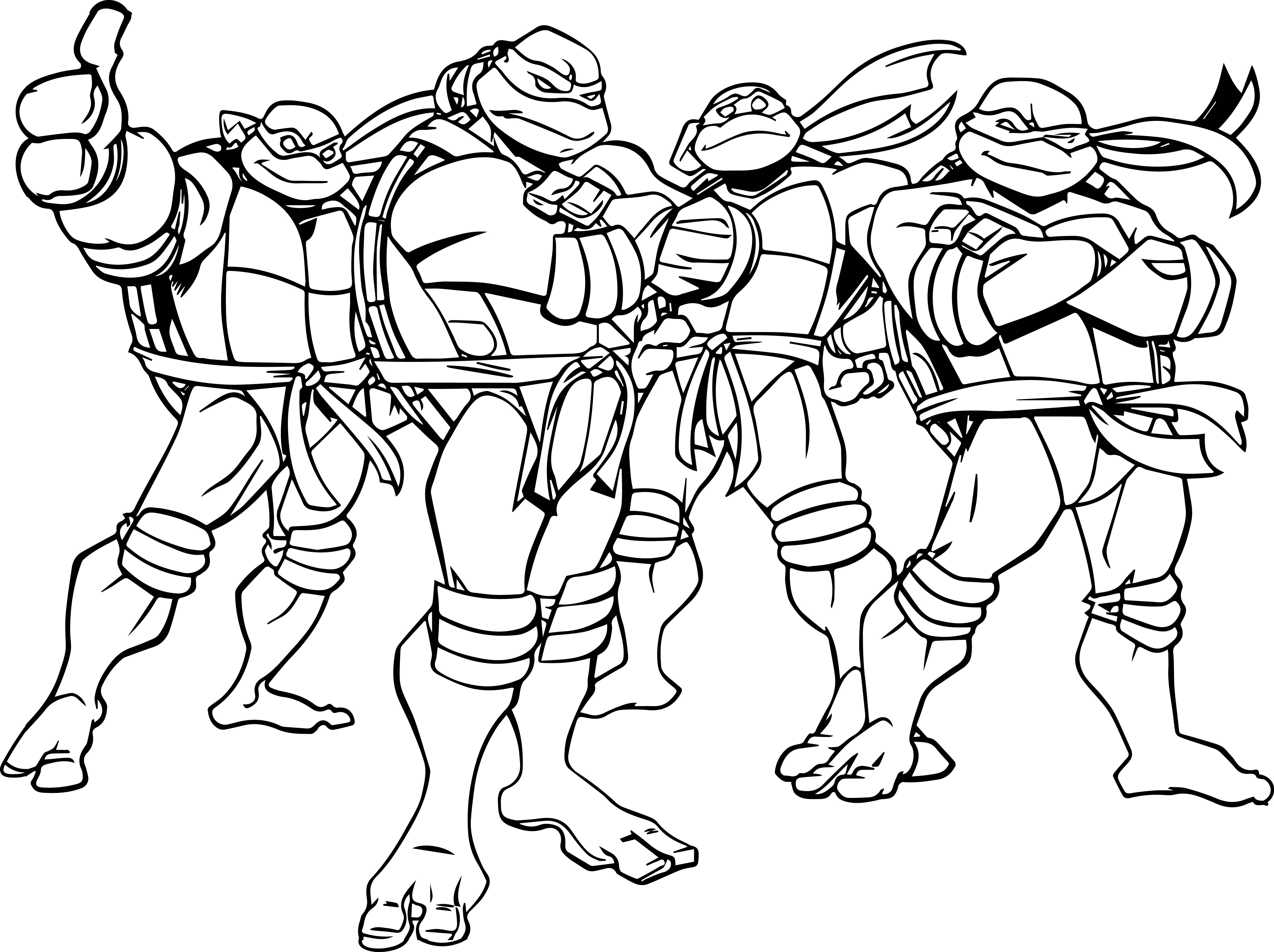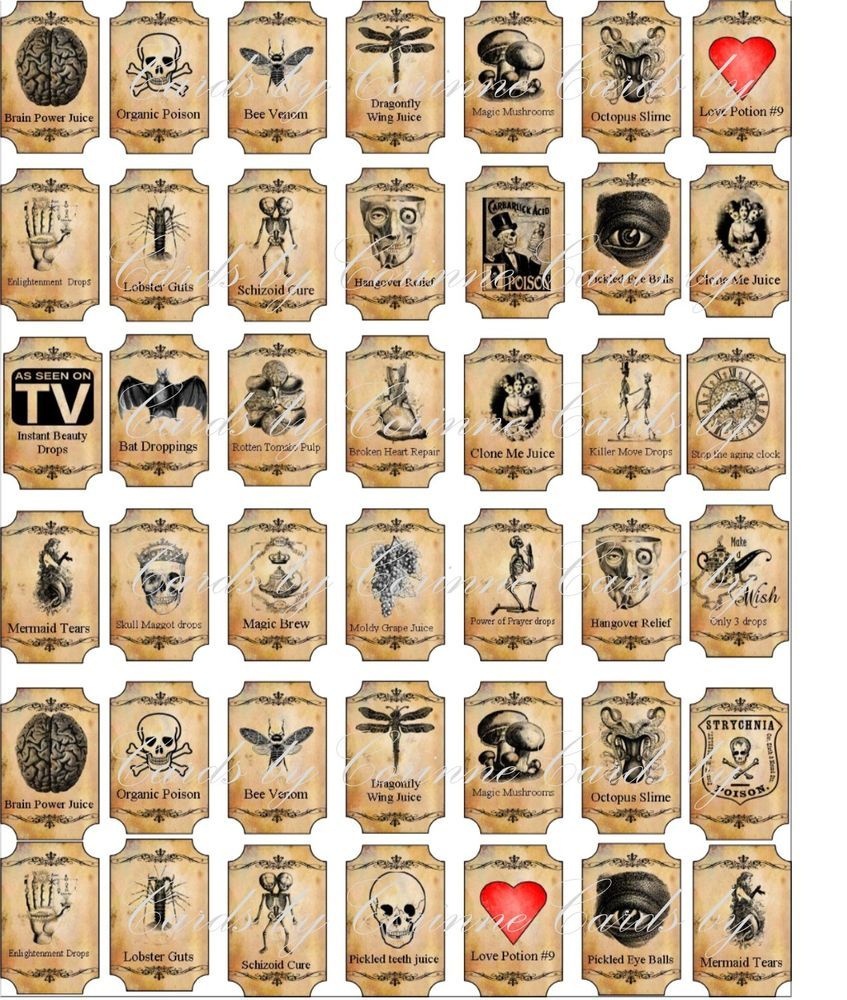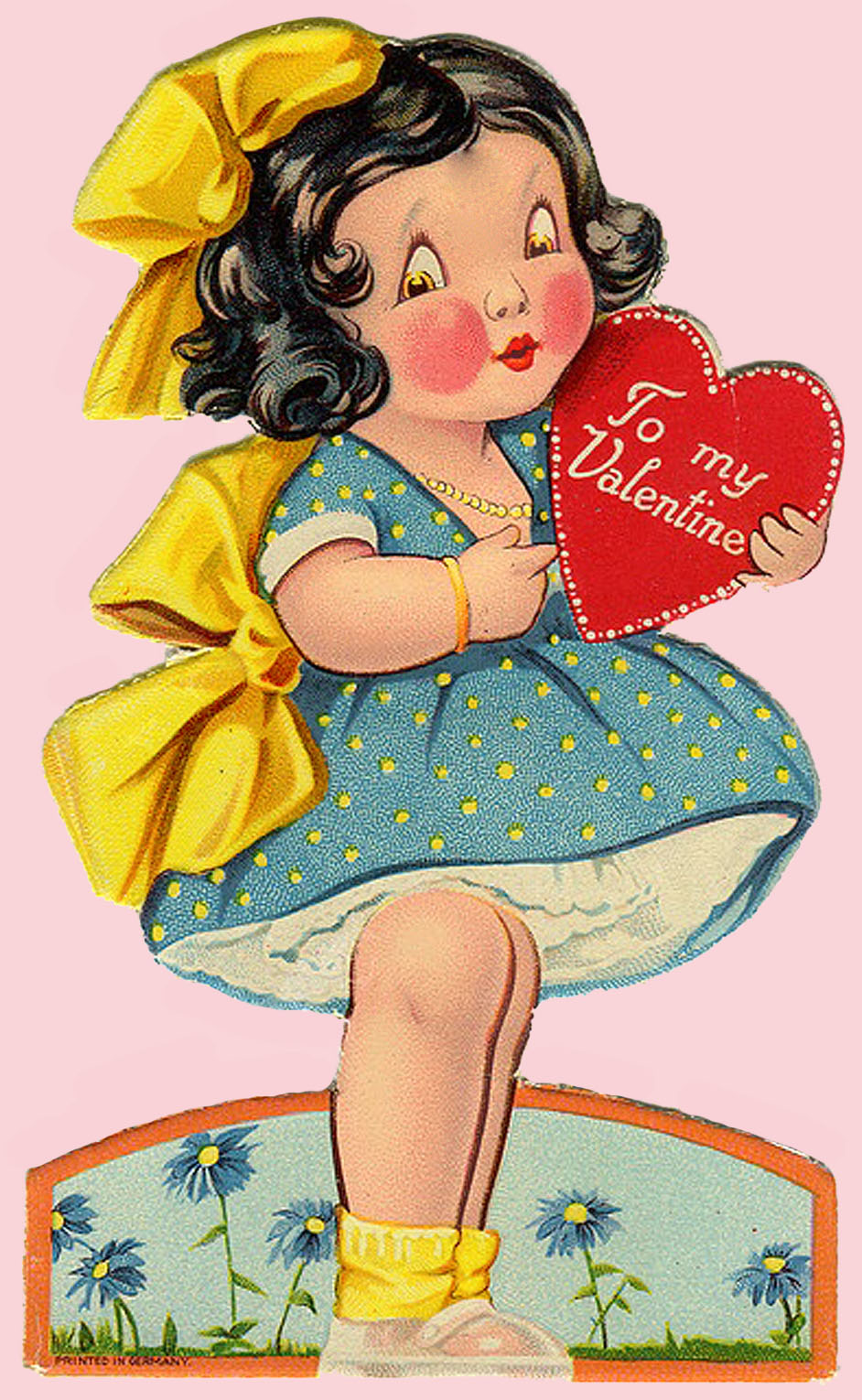PrintableCraft Corner
Printable Time Blocking Template
Depending on your needs, you may use a daily, weekly, or monthly planner to time block. This daily schedule comes in handy when you need flexibility or are working on tasks that need to be completed in a short (e.g. Web our time blocking schedule is a free printable download that enables you to block your time from 5am through 11 pm each day and visualize your plans on a weekly basis.
Read moreTmnt Coloring Printables
These awesome coloring pages are perfect for the turtle aficionados in your family. Select from 75561 printable crafts of cartoons, nature, animals, bible and many more. How can i add.
Read moreFree Printable Mini Potion Bottle Labels
Free printable halloween bottle labels. How to make faux apothecary bottles: Web result fill them with your own potion of glitter!
Read moreHigh Fiber Food List Printable
Simply put, fiber is the. Web here's 50 high fiber foods to add to your next grocery haul. Chart, fiber needs, and more.
Read morePrintable Vintage Valentines
Valentines printable tags, junk journal supplies, junk journal tags,vintage valentines ephemera, valentines day print, cupid gift tag, love. Web 15 free valentine’s day printables. Scroll all the way down, and you’ll find a sheet of 2.5” x 4.25” cards and a sheet of 1.5” x 2.5” cards.
Read moreNumber Lines Positive And Negative Printable
If you’re kid is up for an even bigger challenge, opt for this printable number line negative and positive to 20 pdf. Learn how to order positive and negative numbers..
Read moreElf On The Shelf Letter Printable
These classic hello and goodbye letters from i heart naptime are very cute and quintessentially christmas. Make the most of this holiday season with these adorable. These darling elf notes.
Read morePrintable Playoff Bracket
Web jan 28, 2024 • 19:58 et • 4 min read. Expanded coverage of the 2024 ncaa tournament continues all month long on cbssports.com and cbs sports hq, our free.
Read moreDisney Pumpkin Stencil Printable
Disney castle pumpkin stencil dory pumpkin. Popsugar photography / sheila gim. Web disney pumpkin stencils.
Read moreScarecrow Face Printable
Cut and sand the wood. Scarecrow pumpkin clipart, instant download, sublimation graphics, png. Web result step 1:
Read more








